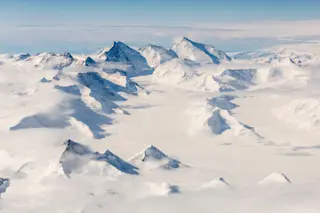Sediment from January mudflows burying cars and homes in Montecito, California, seen on January 10, 2018. California National Guard/Flickr. This week has been a tragic one for parts of Southern California. Heavy rains have triggered landslides and mudflows that have killed over 17 people with dozens more missing. Now, this tragedy is a sequel to an earlier disaster: Wildfires ravaged the coastal mountains near Santa Barbara. However, they are two events that tend to go together because the effects of one prompt the other. The wildfires that burned forests and homes in 2017 have the net impact of destabilizing rugged terrain like is found in towns like Montecito, where numerous mudflows have struck. As vegetation is burned - both trees and ground plants - the soil is exposed to rain water (or snow melt, in other places). The soil absorbs the water, but instead of having plant roots to keep ...
Mudflows Devastate Parts of Southern California
The Montecito mudflows showcase the deadly impact of rain on fire-damaged terrain, prompting discussions on early warning systems.
More on Discover
Stay Curious
SubscribeTo The Magazine
Save up to 40% off the cover price when you subscribe to Discover magazine.
Subscribe













